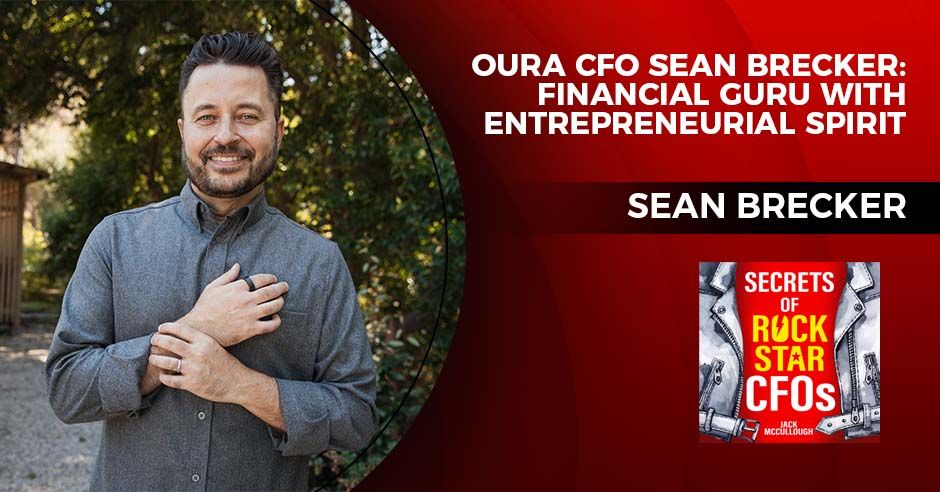It’s one thing to read about burnout; it’s another thing to have it come knocking on your door. I’ve experienced the latter. That’s why I’m now such a firm proponent of putting measures in place to prevent burnout for everyone—including executives.
A Deloitte survey found that more than three-quarters of workers have felt burnout. That’s a considerable number. Put simply, even if you have 10 employees, at least seven might be at risk of burnout. And as I found out, one of those seven could be you.
My Flirtation with Burnout
I’ve always been a workaholic. As a C-Suite leader, you can probably relate. When the pressure’s on, you want to go into action. Yet, even if you feel energized by your Type-A routine, you might be in for an unpleasant surprise.
My “surprise” happened on a Monday. I was mingling at a large dinner that was part of a conference I was hosting. Before I could sit down, I suddenly felt lightheaded. The next thing I knew, I was in the hospital. However, I was determined to get back to the conference. So, that’s what I did.
A few days later, I wasn’t feeling good. I had a headache and nausea. It turns out I had a concussion from hitting the deck. It took six weeks to recover.
What happened? My body and mind were trying to get my attention. I wasn’t listening, so it literally knocked me on my ear. I’m listening now. I’m also keen on ensuring my experience doesn’t happen to other executives.
What Burnout Looks Like and How to Avoid It
I ignored the initial signs of burnout. My enthusiasm was waning, and my temper was rising. I felt like it was tough to get my mojo back sometimes. However, I told myself it was just normal, post-pandemic stuff.
I brushed away all the symptoms of burnout that were threatening my health. Your symptoms might look different, of course. Burnout affects everyone in unique ways. Some people feel fatigued; others get edgy. Regardless, burnout is pervasive and often requires professional intervention once it’s reached its peak.
Unfortunately, burnout is rising, not just because of the coronavirus but because of tech. We’re now faced with more information than we could ever consume. It’s overwhelming. It’s also addicting. We haven’t quite adapted to the influx of data at our fingertips, leading us to become hypervigilant. We’re always paying attention, always “on,” and always getting bombarded by stress-related hormones.
See the problem? We weren’t built for screens, endless scrolling, or late-night Slack messaging. We were made to need brain breaks, which we’re not getting. Accordingly, our brains are pushing back — and hard. They’re breaking down and trying to tell us, “Houston, we have a problem.” Only, we’re not listening. We’re going full force and then ending up on the floor during a convention dinner in front of 100-plus guests.
At this point, you’re hopefully wondering how to avoid burnout. I have some solid advice:
1. Focus on sleep hygiene. Most leaders I know don’t get enough sleep. And as a CNN Business report explains, the longer you stay awake, the more likely you are to lose your edge. Therefore, start a better sleep regimen tonight.
First, make sure your room is dark and cold. Stretch and relax before hitting the sack. Try to eat a balanced diet during the day, or at least in the hours before bedtime. It’s hard for your body to get into a restful state if your belly is trying to digest a cheeseburger, fries, and beer. (Speaking of beer, alcohol can wreak havoc on your sleep schedule. It’s okay to imbibe conscientiously, but limit yourself. Bedtime and bourbon don’t go great together.)
2. Incorporate physical activity into your day. I know you don’t want to hear this because you’re probably having trouble getting a shower, let alone a walk, jog, hike, or bike ride. Nonetheless, a doctor friend of mine suggests carving out 37 minutes daily for activity. He wishes he could write prescriptions for “forest bathing,” which he explains means getting lost in the glory of green spaces.
I honestly don’t have time to get to a park or even just outside sometimes. But that doesn’t matter. I try to do more intentional movement at home. As a result, I always feel rejuvenated. Remember: The body is made for movement. When you give it what it craves, it helps you heal from the inside out. Ironically, exercising will help you with your sleep, too.
3. Stop using devices first thing in the morning. Do you start the day by checking your phone and hitting up your emails? For the next week, I challenge you to stop. Get a cup of coffee. Take your 37-minute stroll or Peloton ride. Make a nutrient-rich breakfast. But don’t ramp up your stress levels by tapping into the digital world right when you open your eyes.
By the way, after you’ve done this for a week, do it for another week. The old saying is that it takes 42 days to develop a habit. Still, we’ve all quit after the 42-day mark. That’s why the gyms are packed in January and empty by late February. So, aim for 84 days of behaving nicely to yourself by going tech-free first thing in the morning.
It’s hard to admit that you can’t cope with everything. Guess what, though? You’re human. You have limits. Yes, you can push the bar and reach for the stars. But even the astronauts who made moon shots needed to ensure they had the oxygen to achieve their goals. Rather than risk a burnout breakdown, embark on some healthier habits. As they say, an ounce of prevention is worth a pound of cure. With burnout, the price of the cure could far outweigh the trouble of some simple daily changes.







